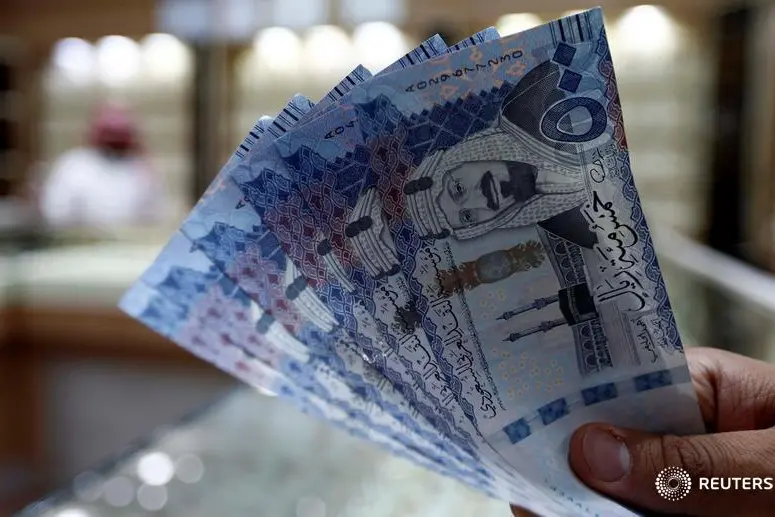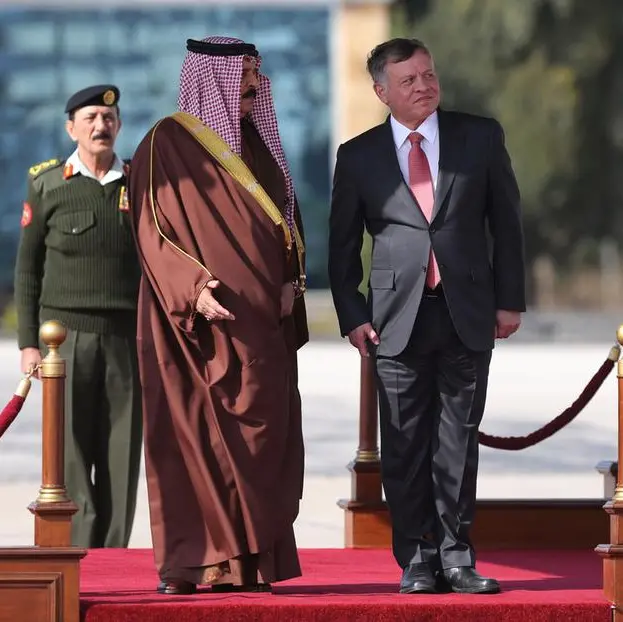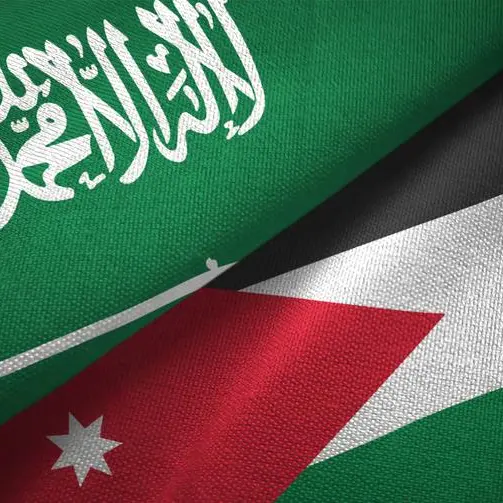PHOTO
Dubai: Saudi Arabia has some fiscal space that should be used to undertake a more gradual fiscal consolidation that balances the budget by 2022 rather than in 2019 as originally set out in the Fiscal Balance Programme 2020 (FBP), according to the International Monetary Fund (IMF) and a number of economists.
The IMF has recently acknowledged that Saudi Arabias bold reforms programme under Vision 2030 is moving in the right direction and it can afford to move at a slower pace than originally envisaged.
The fiscal measures that have so far been announced, if fully implemented, appear sufficient to move the budget close to balance in 2022.
"The focus should now be on successfully implementing these measures, smoothing the planned adjustment, improving the composition of the expenditure adjustment to provide more room for social safety net or other spending to support structural reforms, and identifying some additional fiscal measures to achieve budget balance by 2022, said Timothy Callen, Mission Chief for Saudi Arabia, IMF said in a recent press briefing.
According to the IMF, Saudi Arabias real GDP growth slowed to 1.7 per cent last year from over 4 per cent in 2015, with non-oil growth near-zero compared to 3.2 per cent in 2015. Non-oil growth is projected to pick up to 1.7 per cent in 2017, but overall real GDP growth is expected to be close to zero.
Standard Chartered and the Institute of International Finance (IIF) have projected an overall negative GDP growth of -0.5 per cent in 2017 based on a projection of a 3.4 per cent contraction in oil GDP and 1.7 per cent growth in non-oil activity.
Analysts say Saudi Arabias slowing economic growth is complicating the rollout of its reform agenda. Saudi Arabia may be considering a slower pace of reforms to support growth, as its economic growth has slowed sharply owing to lower household and government consumption. Fiscal reforms — including cuts in public-sector allowances and benefits (reversed in April 2017), the partial removal of subsidies, and measures to raise non-oil revenues — have taken a toll on businesses and consumers, damping consumption and economic activity, said Dima Jardaneh Head, Economic Research, Mena, Standard Chartered Bank.
Available information suggests that the revision entails devolving some targets into other implementation frameworks and possibly extending delivery of some objectives beyond 2020, making them more realistically attainable.
Ambitious targets under the NTP include raising government non-oil revenue to SAR 530bn in 2020 from a baseline of 163.5 billion Saudi riyals. We think the government may amend the programme to reflect the difficulty of raising non-oil revenues amid slowing growth, said Jardaneh .
Spending discipline and higher oil revenues are helping the country improve the fiscal picture. The second-quarter 2017 fiscal deficit stood at 46.5 billion Saudi riyals ($12.5 billion; Dh45.51 billion), with the first-half deficit standing at 73 billion riyals, annualising it at 145 billion riyals.
The financing for the budget deficit was taken from the governments reserves account at Saudi Arabian Monetary Agency (15 billion riyals) as well as external borrowing (international sukuk of 33.7 billion riyals).
The fiscal deficit target of the authorities [198 billion riyals] 7.8 per cent of GDP could be within reach for 2017 at the current pace excluding any off-budget spending and seasonality. This is well below our expectations of 326 billion riyals or 12.8 per cent of GDP and last years out-turn of 416 billion riyals, 17.2 per cent of GDP, said Jean-Michel Saliba, Mena economist at Bank of America Merrill Lynch.
The IMF has recently acknowledged that Saudi Arabias bold reforms programme under Vision 2030 is moving in the right direction and it can afford to move at a slower pace than originally envisaged.
The fiscal measures that have so far been announced, if fully implemented, appear sufficient to move the budget close to balance in 2022.
"The focus should now be on successfully implementing these measures, smoothing the planned adjustment, improving the composition of the expenditure adjustment to provide more room for social safety net or other spending to support structural reforms, and identifying some additional fiscal measures to achieve budget balance by 2022, said Timothy Callen, Mission Chief for Saudi Arabia, IMF said in a recent press briefing.
According to the IMF, Saudi Arabias real GDP growth slowed to 1.7 per cent last year from over 4 per cent in 2015, with non-oil growth near-zero compared to 3.2 per cent in 2015. Non-oil growth is projected to pick up to 1.7 per cent in 2017, but overall real GDP growth is expected to be close to zero.
Standard Chartered and the Institute of International Finance (IIF) have projected an overall negative GDP growth of -0.5 per cent in 2017 based on a projection of a 3.4 per cent contraction in oil GDP and 1.7 per cent growth in non-oil activity.
Analysts say Saudi Arabias slowing economic growth is complicating the rollout of its reform agenda. Saudi Arabia may be considering a slower pace of reforms to support growth, as its economic growth has slowed sharply owing to lower household and government consumption. Fiscal reforms — including cuts in public-sector allowances and benefits (reversed in April 2017), the partial removal of subsidies, and measures to raise non-oil revenues — have taken a toll on businesses and consumers, damping consumption and economic activity, said Dima Jardaneh Head, Economic Research, Mena, Standard Chartered Bank.
Available information suggests that the revision entails devolving some targets into other implementation frameworks and possibly extending delivery of some objectives beyond 2020, making them more realistically attainable.
Ambitious targets under the NTP include raising government non-oil revenue to SAR 530bn in 2020 from a baseline of 163.5 billion Saudi riyals. We think the government may amend the programme to reflect the difficulty of raising non-oil revenues amid slowing growth, said Jardaneh .
Spending discipline and higher oil revenues are helping the country improve the fiscal picture. The second-quarter 2017 fiscal deficit stood at 46.5 billion Saudi riyals ($12.5 billion; Dh45.51 billion), with the first-half deficit standing at 73 billion riyals, annualising it at 145 billion riyals.
The financing for the budget deficit was taken from the governments reserves account at Saudi Arabian Monetary Agency (15 billion riyals) as well as external borrowing (international sukuk of 33.7 billion riyals).
The fiscal deficit target of the authorities [198 billion riyals] 7.8 per cent of GDP could be within reach for 2017 at the current pace excluding any off-budget spending and seasonality. This is well below our expectations of 326 billion riyals or 12.8 per cent of GDP and last years out-turn of 416 billion riyals, 17.2 per cent of GDP, said Jean-Michel Saliba, Mena economist at Bank of America Merrill Lynch.
Al Nisr Publishing LLC 2017. All rights reserved. Provided by SyndiGate Media Inc. (Syndigate.info).












